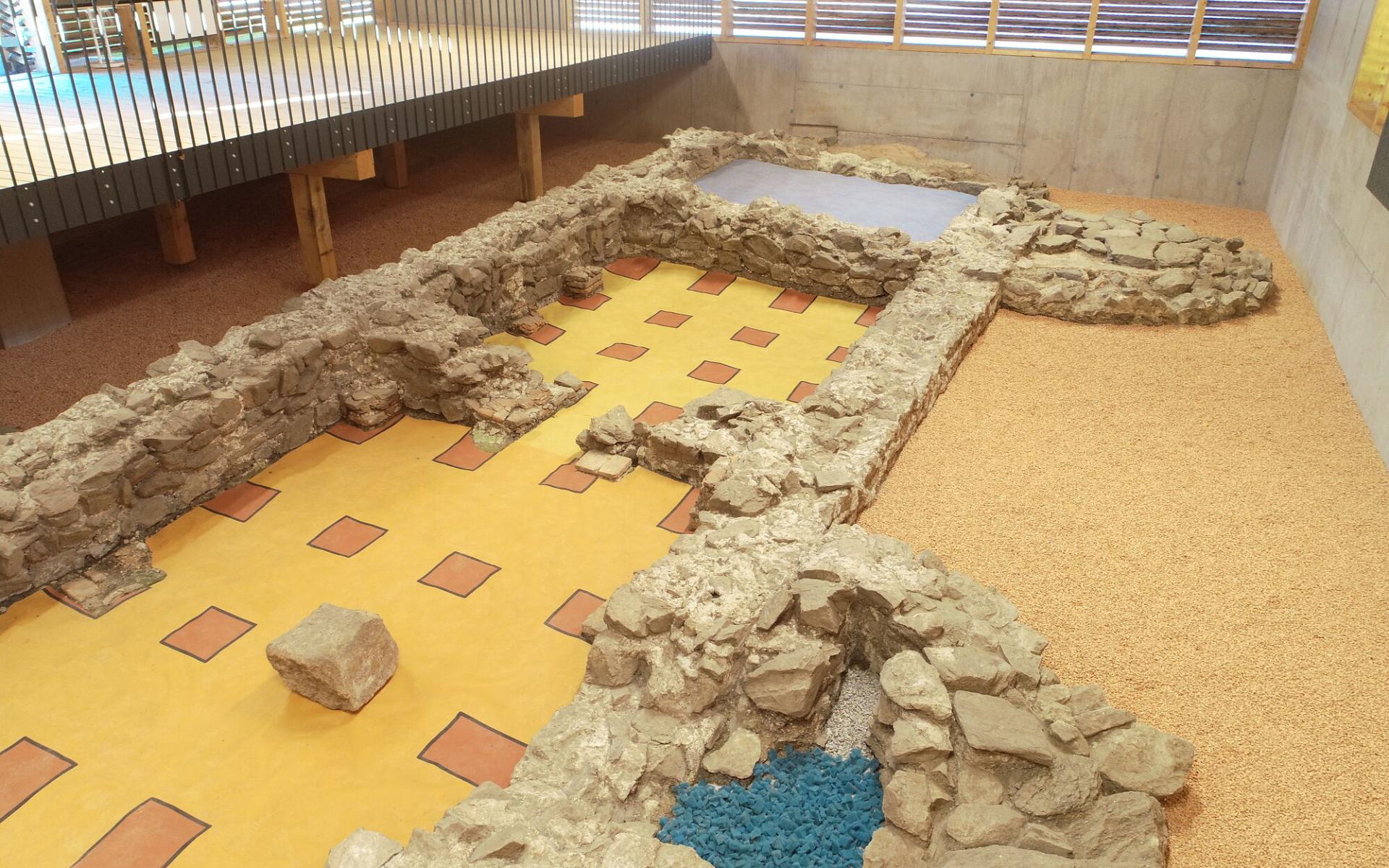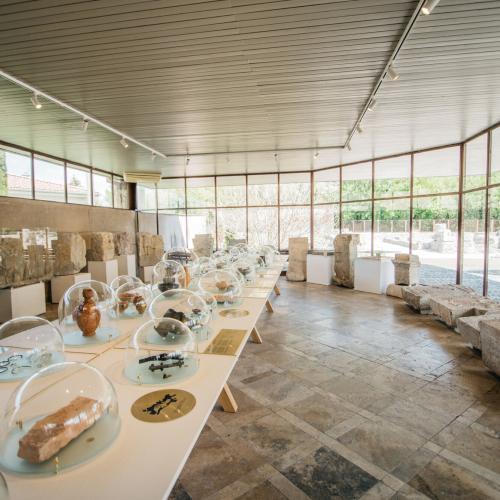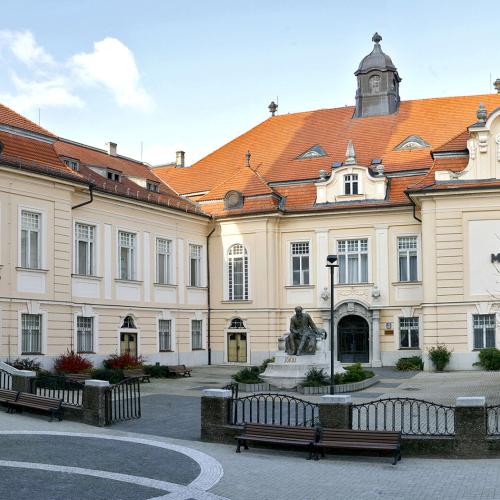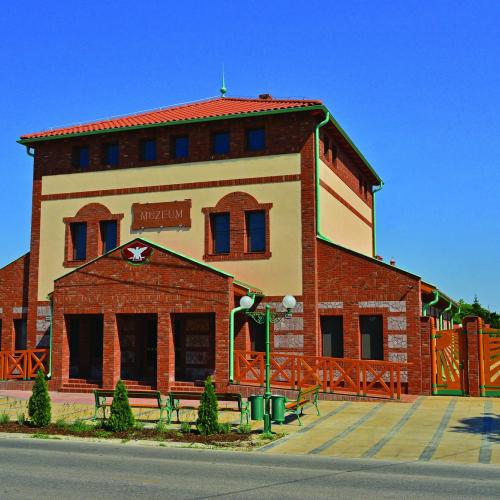
St. Traxler, OÖLKG
Danube Limes
Museums
Museums preserve our shared natural and cultural heritage.
Während das UNESCO-Welterbe Donaulimes ein steinernes und unbewegliches Zeugnis des Römischen Reiches darstellt, so zeigen die archäologischen Funde in den Museen das Leben und Sterben der Menschen vor mehr als 1500 Jahren.
Veronika Fischer
Limes Koordinatorin in Bayern
Besonders wichtig ist mir, die römischen Grenzen auf spannende, abwechslungsreiche Weise zu erklären und näherzubringen.
Kennen Sie diese Museen am Donaulimes schon?
Entlang des Donaulimes beherbergen Museen eine Fülle von archäologischen Funden und interaktiven Ausstellungen.


